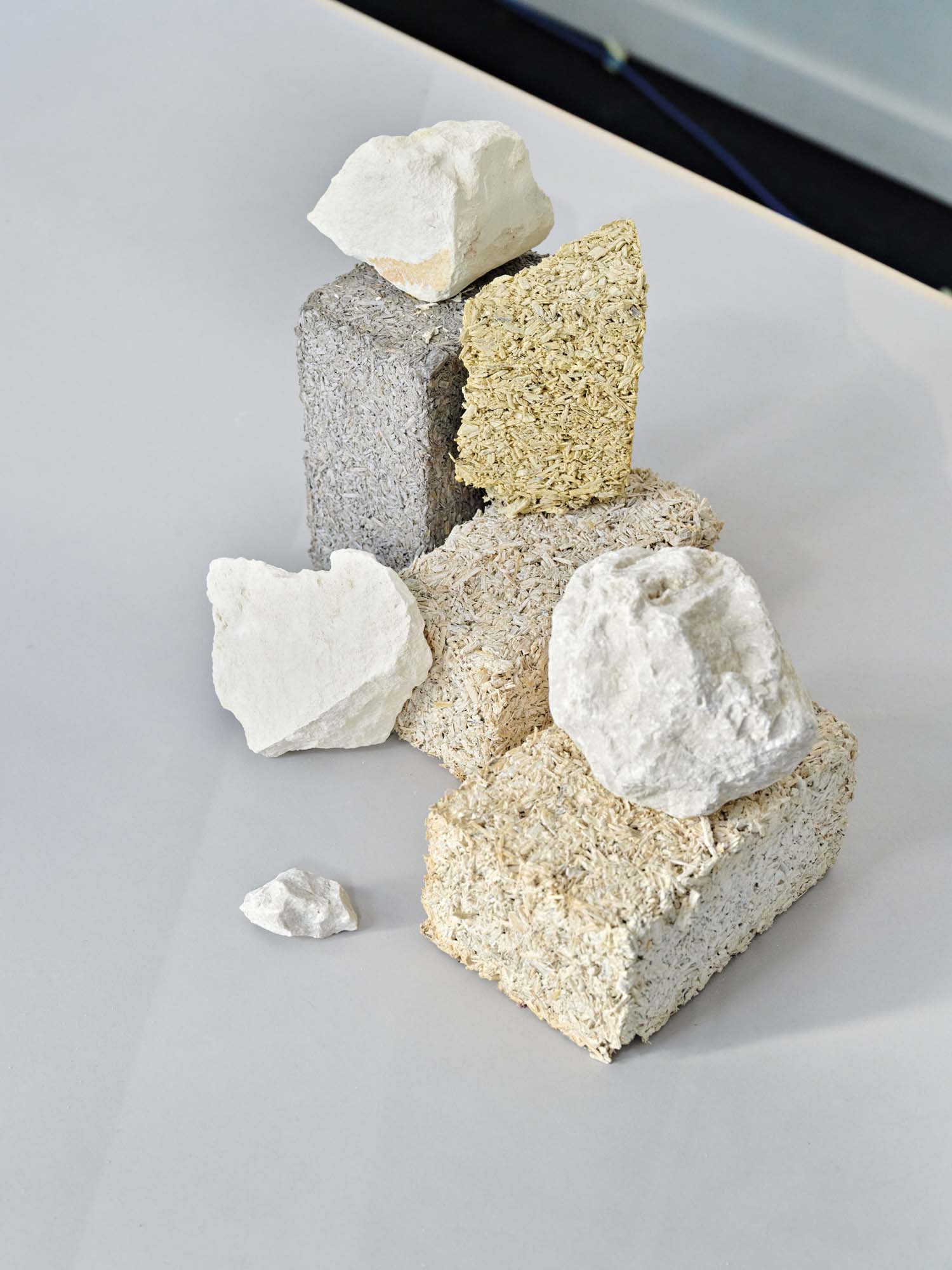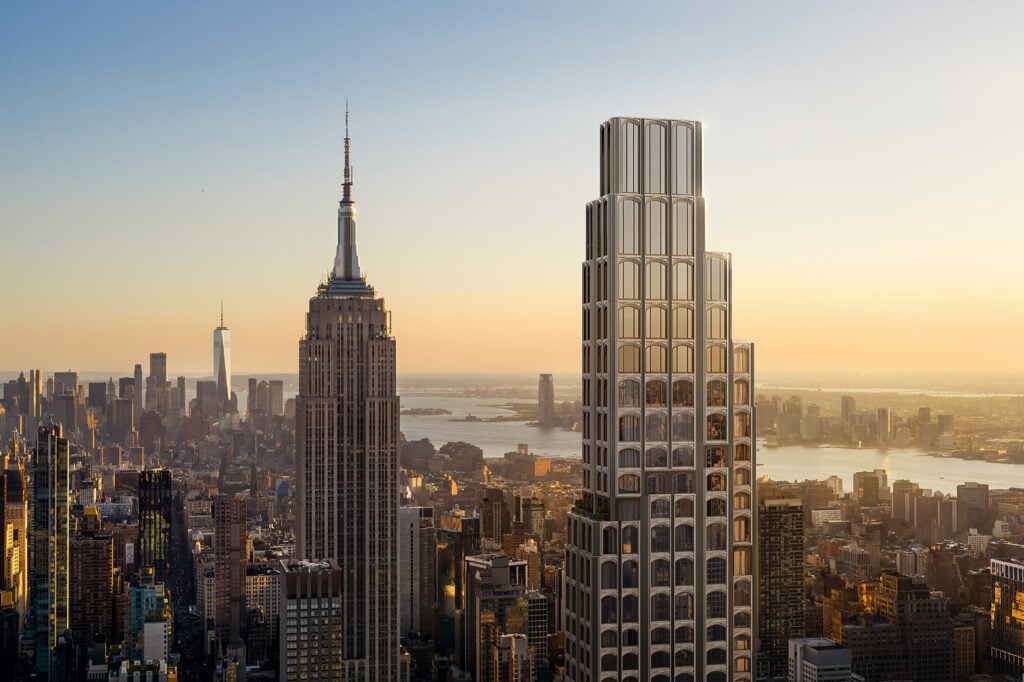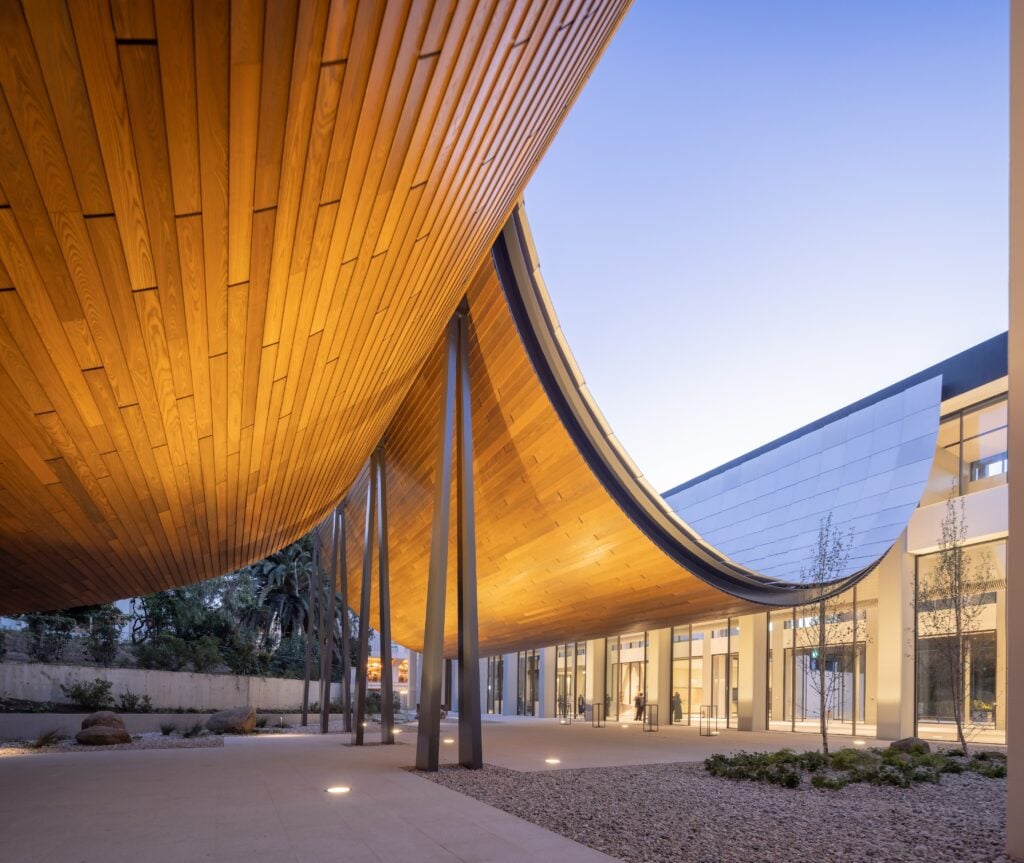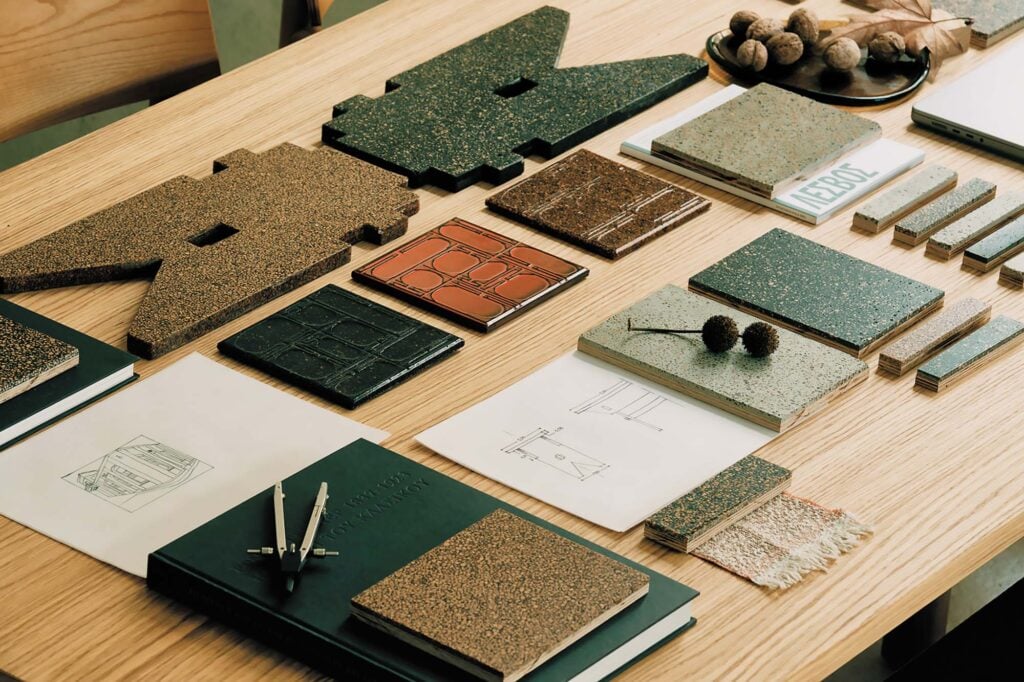
January 2, 2024
How Can We Chart a Sustainable Future for Interior Design?

A Common Language
Sustainable interior design relies on the selection of sustainable materials. But with over 100 certifications and eco-labels in the A&D industry, and 650 factors to be considered in product specification, this is extremely complicated even for the most motivated designer.
Interior designers need to adopt a common language to manage this complexity so that they can focus on the impact of their choices.
The Common Materials Framework from mindful MATERIALS provides this common language. It organizes all the commonly used certifications into the five buckets of the AIA Architecture & Design Materials Pledge:
• Human health
• Social health and equity
• Ecosystem health
• Climate health
• Circular economy
This methodology could greatly amplify the work of interior designers and accelerate the impact of the profession.
“Thank God for the Common MaterialsFramework. I’ve been doing this for over 20 years, and the root cause preventing sustainability from moving forward [has been that] nobody understands it. Even the design schools and the educational programs need to have this rooted in their curriculum so that we can learn to have that conversation with our clients.”
— Brett Gardner, senior associate, project director, and Ecos Studio director at IA Interior Architects
Circularity is a Priority
The negative impact of interior design derives mainly from the successive, rapid renovations of spaces. Products and materials are discarded before they wear out, racking up carbon emissions, clogging up landfills, and causing harm to communities.
The interior design industry needs to find ways to strengthen circular thinking and processes.
Recyclable products, design for disassembly, and designing with reused and reclaimed materials need to become part of designers’ repertoire.
Designers, contractors, and manufacturers must use every incentive provided by local regulations to reuse materials, and connect with local salvage facilities and materials warehouses to keep products out of landfills.
“We did a research project last year with a couple of pilot projects that we encouraged to adopt certain initiatives for circularity. Some of it involved looking at take-back programs, which you’re seeing in ceiling tiles and flooring, at recycling doors, at adaptive reuse. But the single most impactful thing that allowed our project to succeed was reducing and reusing furniture. If you look at all of the different measures that we did on these pilot projects, furniture is still ten times more impactful than all of the other initiatives combined together. If we could really focus on that with the manufacturer’s assistance, we could find the profit there.”
—Lisa Adams, principal, HKS
Reaching Out and Branching Out
Within the interior design profession, knowledge and methodologies around sustainability must be shared among designers specializing in residential and commercial projects.
“I would be remiss if I didn’t speak for 60 to 70 percent of our membership that is on the residential side. They want to have these conversations with their clients, but because they might be a four-person firm, they don’t have the bandwidth to decipher this incredible list of data.”
— Khoi Vo, CEO, American Society of Interior Designers
Tools like the Common Materials Framework can also be leveraged to speak to clients or stakeholders outside the profession, to help them understand the impact interior design can make.
“There are thousands of medium and small projects with unsophisticated clients that do one project every 20 years. They don’t even know what any of the certifications are and they certainly aren’t asking for them. The framework is very, very promising. I think that might be our way through for those thousands of projects.”
— Elizabeth Von Lehe, design and brand strategy principal, HDR
Interior designers need to get involved in developing policies and regulations that affect the work they do—especially when it comes to regulating harmful chemicals or incentivizing circularity.
“Collectively we have to be advocates for what we know is right. We need to change ourselves, and that’s a long haul, but we also need to organize for lobbying and start to actually influence the policymakers.”
—Jennifer Busch, vice president, business development, Officeworks Inc.; member, board of directors, Council for Interior Design Accreditation

Would you like to comment on this article? Send your thoughts to: [email protected]
Latest
Viewpoints
Archtober Invites You to Trace the Future of Architecture
Archtober 2024: Tracing the Future, taking place October 1–30 in New York City, aims to create a roadmap for how our living spaces will evolve.
Projects
Kengo Kuma Designs a Sculptural Addition to Lisbon’s Centro de Arte Moderna
The swooping tile- and timber-clad portico draws visitors into the newly renovated art museum.
Products
These Biobased Products Point to a Regenerative Future
Discover seven products that represent a new wave of bio-derived offerings for interior design and architecture.





